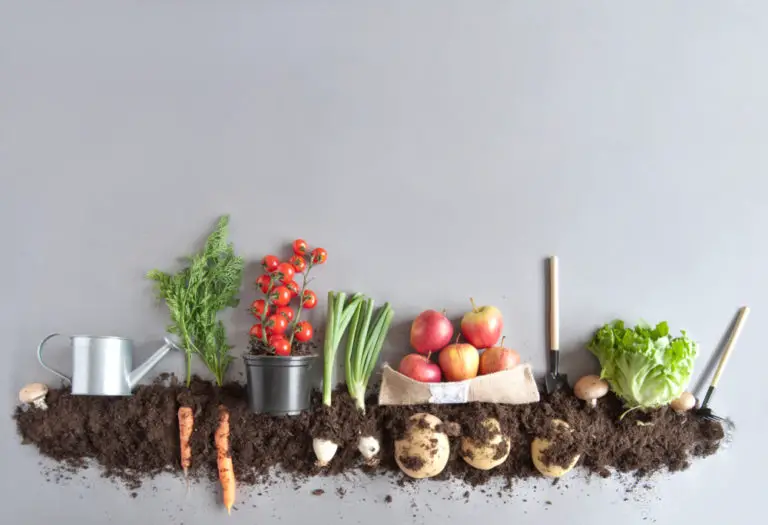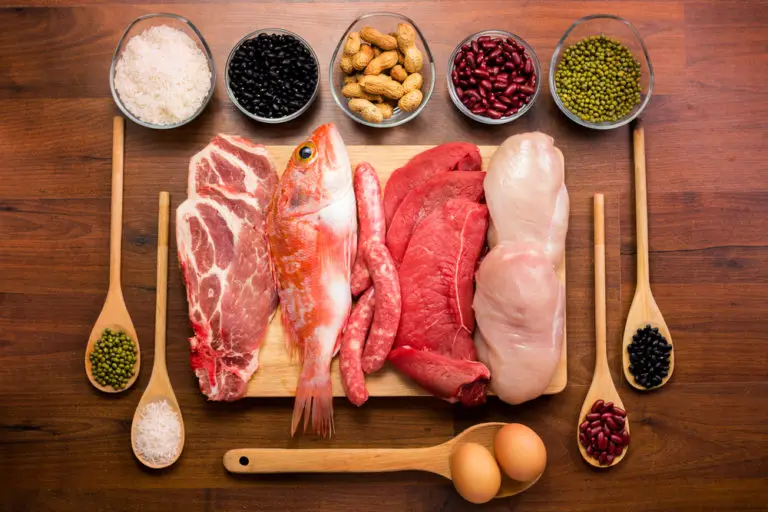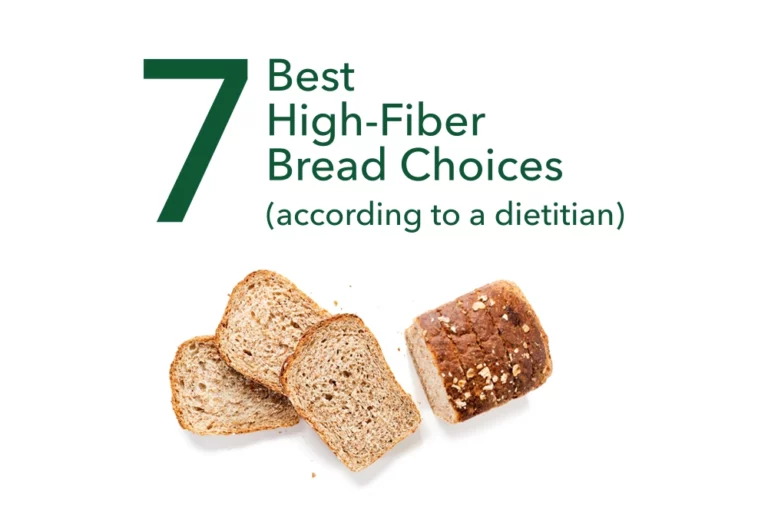5 of the Best Vitamin D Foods You Can Eat
Updated August 9, 2021
Vitamin D is best known for its role in promoting strong bones, but this is just one of its many important functions. It’s also important for muscular function and a healthy immune and cardiovascular system.
Some research even suggests that vitamin D may protect against certain types of cancers (1).
Your body can naturally make vitamin D through exposure to sunlight. This is why vitamin D is commonly referred to as the “sunshine vitamin.”
The general rule of thumb is that five to 30 minutes of sun exposure between 10 AM and 3 PM at least twice a week to the face, arms, legs, or back is sufficient to meet your vitamin D needs.
Depending on where you live, however, the amount of sunscreen you use or how much time you spend outdoors, achieving this recommendation isn’t always possible, particularly for older adults.
This makes getting vitamin D through supplements or food important.
Here are five of the best vitamin D foods to include in your diet.

1. Fatty fish
The American Heart Association recommends eating fish (primarily fatty fish) at least twice per week — and for good reasons.
Fatty fish, like salmon, herring, and albacore tuna, are a good source of protein and contain heart-healthy omega-3 fatty acids (2).
These fatty fish are also high in vitamin D. Just one serving of salmon (equal to the size of a deck of cards) provides more than 100% of your daily value (DV) for vitamin D.
2. Eggs
Eggs are commonly vilified for their high cholesterol content.
Consuming cholesterol through the diet was historically thought to raise cholesterol levels in the blood and increase the risk for heart disease.
Current research, however, suggests no such link between dietary cholesterol and cholesterol levels in healthy people (3).
Aside from containing a fair amount of vitamin D, whole eggs are packed with vitamins, minerals, and healthy fats.
3. Mushrooms
Mushrooms add a unique flavor to nearly any dish including pastas, salads, or sauces.
Adding mushrooms to your favorite dish is also an easy way to increase your vitamin D intake.
One cup of cooked shiitake mushrooms contains more vitamin D than an egg and contains only 50 calories.
There are also specific brands that contain enhanced levels of vitamin D. These mushrooms are exposed to ultraviolet light which increases their capacity to produce vitamin D.
4. Fortified milk
Nearly all types of cow’s milk in America is fortified with vitamin D.
In fact, milk is one of the primary dietary sources of vitamin D for Americans age two years and older.
Just one cup (240 mL) of 2% fortified milk contains nearly one-quarter of your daily value for vitamin D (4).
Many plant-based milk alternatives such as soy or rice milk are also fortified with similar amounts of vitamin D.
5. Fortified breakfast cereals
Like milk, fortified breakfast cereals are major contributors of vitamin D in the American diet.
Cup for cup, breakfast cereal contains similar amounts of vitamin D as milk. Combing the two will give you around half of your DV for vitamin D.
You can also pair it with a glass of vitamin D fortified orange juice.
Look for a low-calorie fortified cereals that contains around five grams of fiber per serving.
The bottom line
Vitamin D plays many important functions in your body.
Spending time in the sun is an easy way to meet your vitamin D needs. Achieving enough sun exposure, however, is not possible for most people.
Therefore, it’s important to meet your your vitamin D needs though supplements or food.
The best food sources of vitamin D include fatty fish, eggs, and mushrooms. Fortified milk and cereals also contain high levels of vitamin D.
Eating plenty of these vitamin D foods can help you get adequate amounts of this important nutrient.







